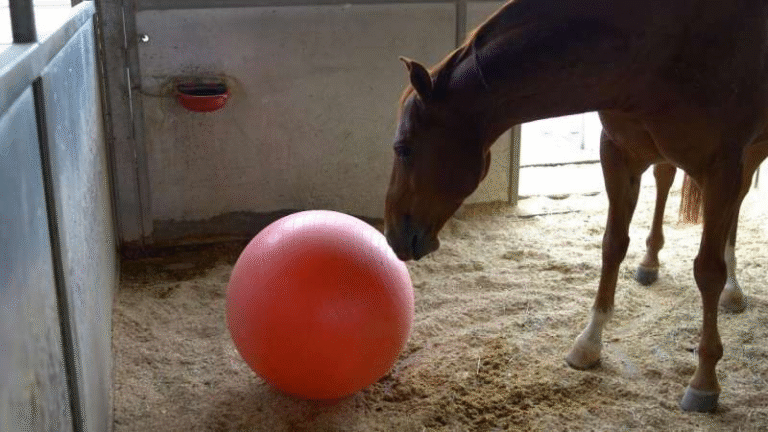Hybrid Seagrass Discovery Could Revolutionize Genome-Informed Coastal Restoration

A fascinating new study has revealed a naturally occurring hybrid seagrass that might change the way we restore and protect coastal ecosystems. Scientists from the Salk Institute and the Scripps Institution of Oceanography at UC San Diego have identified a hybrid between two eelgrass species—Zostera marina and Zostera pacifica—that shows remarkable tolerance to low-light conditions, making it a strong candidate for use in future coastal restoration projects.
Why Seagrasses Matter
Seagrasses are often overlooked heroes of marine ecosystems. These underwater meadows play a vital role in stabilizing coastlines, reducing erosion, filtering pollutants, and storing carbon dioxide from the atmosphere. They also act as nurseries for fish, invertebrates, and other marine life, making them one of the most ecologically valuable habitats on Earth.
But despite their importance, seagrass beds have been in steep decline globally due to boating, dredging, coastal development, disease, and climate-driven storms. Restoration efforts—usually involving the replanting of seagrass shoots—have seen mixed results, with failure rates as high as 60%. One of the main reasons these efforts struggle is the inability of certain species, like Zostera marina, to survive in low-light environments caused by murky or sediment-filled waters.
The Problem with Light and the Struggle of Zostera Marina
Zostera marina, commonly called eelgrass, thrives in shallow, sunlit waters. It’s the most widespread seagrass species across the Northern Hemisphere, forming dense underwater meadows that help maintain coastal health. However, its survival depends heavily on sufficient light.
Eelgrass can handle short periods of reduced sunlight during winter by tapping into its stored sugars or by going dormant until conditions improve. Unfortunately, in many coastal areas today, light availability is chronically reduced due to runoff, algal blooms, and dredging. This means Zostera marina is now under year-round light stress, pushing it beyond its biological limits.
Recognizing this problem, researchers began searching for genetic solutions—looking for individuals or species that naturally possess better low-light tolerance. That’s where the hybrid came in.
The Hybrid That Grew in Mission Bay
In Mission Bay, San Diego, scientists discovered a thriving bed of hybrid eelgrass growing between 2 and 4 meters deep. The hybrid turned out to be a cross between shallow-water Zostera marina and deeper-water Zostera pacifica. Zostera pacifica, found further offshore at depths of 6 to 22 meters, is naturally adapted to dim, low-light environments.
The team sequenced the hybrid’s genome and confirmed that it was a first-generation cross (F₁) between the two species. What makes this discovery special is that the hybrid seems to inherit key low-light traits from Zostera pacifica while maintaining the growth and structure of Zostera marina.
Unraveling the Genetics Behind Low-Light Survival
The researchers didn’t stop at simply identifying the hybrid. Using advanced genomic and transcriptomic analysis, they examined how the hybrid and its parent species behaved under controlled low-light experiments.
They placed both Zostera marina and the hybrid in outdoor tanks called mesocosms, with continuously flowing seawater to mimic natural conditions. The plants went through several stages: a light control phase, a three-day low-light phase, a five-day extended low-light phase, and finally, a one-day recovery phase.
During these tests, the hybrid consistently outperformed Zostera marina. Even under very low light—around 37 micromoles of photosynthetically active radiation per square meter per second (µmol m⁻² s⁻¹)—the hybrid maintained strong photosynthetic activity. In contrast, Zostera marina downregulated its photosynthesis genes and began consuming stored sugars, a sign of stress.
The transcriptomic data showed that the hybrid expressed more genes related to photosynthesis, chlorophyll biosynthesis, and light harvesting. Interestingly, one gene stood out—LATE ELONGATED HYPOCOTYL (LHY)—a major player in the plant circadian clock. This gene helps regulate how plants respond to daily light cycles.
In the hybrid, LHY and other circadian genes inherited from Zostera pacifica remained active under low light, suggesting that the hybrid’s internal timing system allows it to maximize light absorption throughout the day. Zostera marina, on the other hand, seems to stop photosynthesizing earlier in the morning, losing valuable light time.
Genome-Informed Restoration: A Smarter Way Forward
Traditionally, restoration projects have relied on trial and error—planting eelgrass in degraded habitats and hoping it survives. But these efforts often fail because the plants aren’t genetically suited to the specific environmental challenges of each site.
The new study shows that by understanding which genes are responsible for survival traits, scientists can select or even breed genome-environment-matched plants. This approach, called genome-informed restoration, could dramatically increase success rates and help reestablish resilient seagrass meadows.
The hybrid’s dual genetic toolkit—with one set of genes from Zostera marina and another from Zostera pacifica—gives it an advantage in variable light conditions, making it ideal for restoration in turbid, storm-prone, or deep-water environments.
Open Questions and Ecological Considerations
While the hybrid’s potential is exciting, scientists are cautious. There’s still much to learn about its long-term behavior and ecological impact. Researchers are now asking:
- Can the hybrid reproduce sexually, or is it limited to clonal growth?
- Does it support the same fish and invertebrate species as its parents?
- How does it compare in biomass production and nutrient cycling?
Introducing hybrids into restoration sites could have unintended consequences—for example, altering food webs or causing gene flow between species. So, before large-scale use, researchers will need extensive field testing and ecological monitoring.
The Bigger Picture: Seagrasses and Climate Change
Seagrasses don’t just support local ecosystems—they’re also critical allies in the fight against climate change. These plants can store carbon up to 35 times faster than tropical rainforests, locking it into sediments where it can stay for centuries. However, when seagrass meadows die off, that stored carbon is released back into the atmosphere.
By making seagrass restoration more effective, genome-guided efforts could help restore this vital carbon sink and strengthen coastlines against rising seas and stronger storms. The success of this hybrid research in California could also inspire similar genome-informed strategies for other species around the world, such as Posidonia oceanica in the Mediterranean or Halophila species in tropical Asia.
Looking Ahead
This discovery in Mission Bay marks an important step in merging genomics with conservation. By leveraging cutting-edge sequencing technologies, scientists are beginning to pinpoint exactly what makes certain plants resilient—and how to use that knowledge to rebuild ecosystems that can withstand environmental change.
As lead researchers from the Salk Institute note, this approach could replace guesswork with precision, giving us the tools to restore seagrasses more intelligently and effectively than ever before. If future studies confirm the hybrid’s resilience and ecological compatibility, it could soon become a model for next-generation coastal restoration—a blend of biology, technology, and environmental care.
Reference
Read the full research paper here: Hybridization and low-light adaptability in California eelgrass (Zostera spp.) – Nature Plants (2025)





